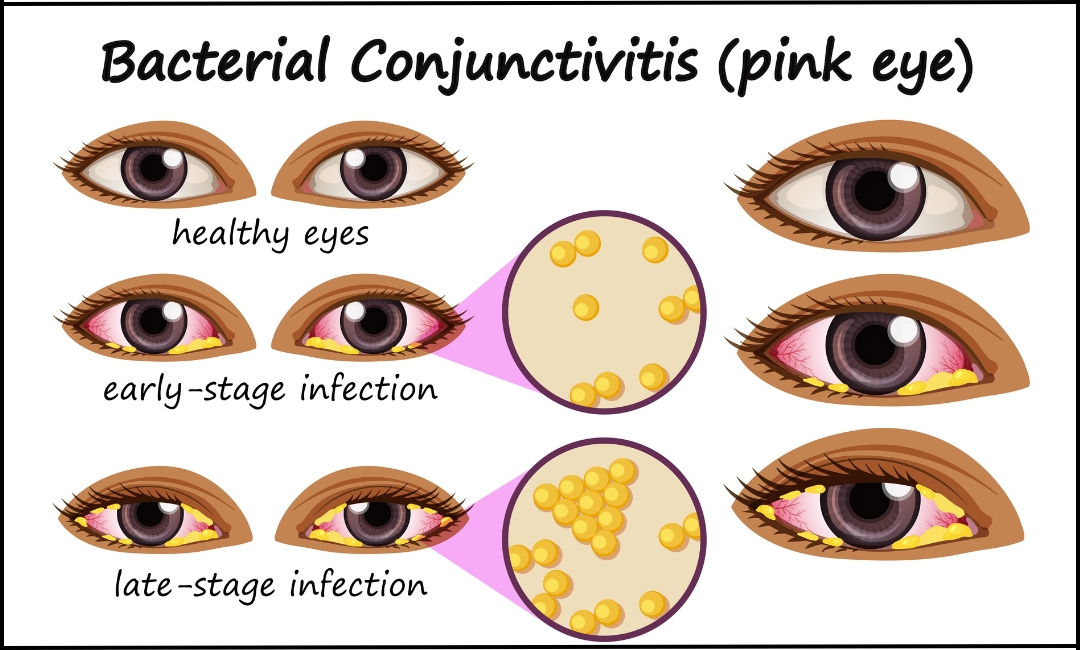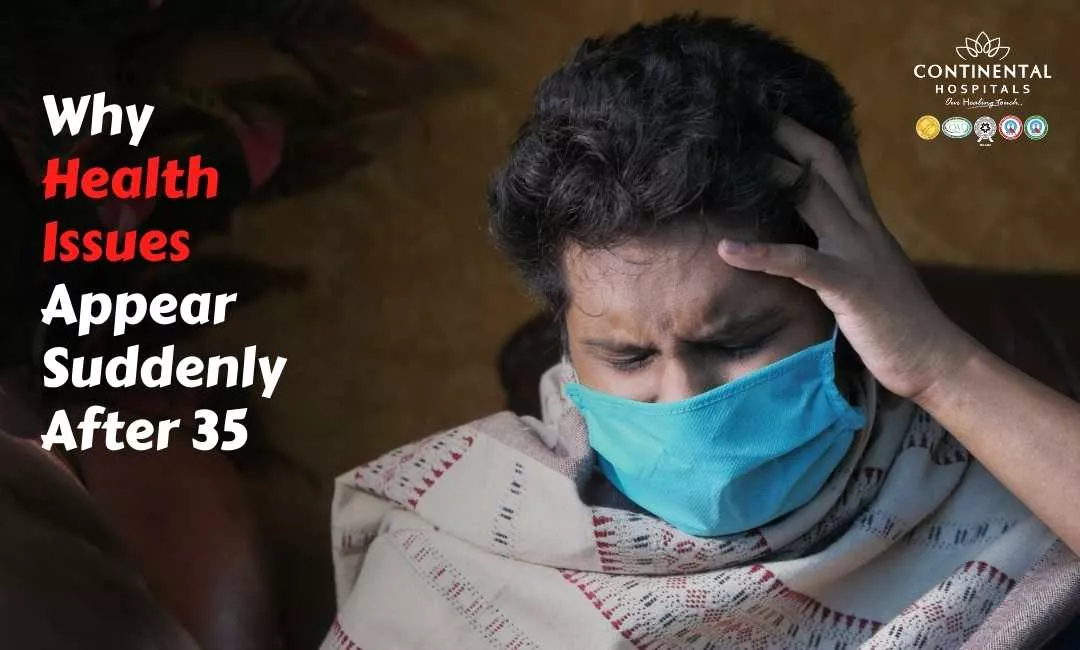Cases of Conjunctivitis on the Rise as Monsoon Escalates Eye Infection Rates
Over the past few weeks there has been a consistent and somewhat of an alarming spike in the cases of conjunctivitis being reported from across the country. A high percentage of these infections have been evidenced in children, thereby causing major concerns for parents all over the nation.
So, let’s try and understand what exactly is conjunctivitis and learn about the ways to identify and prevent it.
Pink eye, also known as conjunctivitis, is an inflammation or infection of the conjunctiva, which is the thin, transparent layer of tissue that lines the inner surface of the eyelid and covers the white part of the eye. This condition can cause the affected eye(s) to appear pink or red, along with other symptoms like itching, burning, tearing, discharge, and sometimes blurred vision.
There are different types and causes of conjunctivitis, including:
1. Viral Conjunctivitis: This type is caused by a virus, similar to the common cold. It is highly contagious and often occurs alongside other upper respiratory tract infections. Symptoms may include watery discharge, redness, and irritation.
2. Bacterial Conjunctivitis: Bacterial infections, typically caused by Staphylococcus or Streptococcus bacteria, can lead to bacterial conjunctivitis. This form is also contagious and may produce thick, yellow or greenish discharge.
3. Allergic Conjunctivitis: Allergies to pollen, dust, pet dander, or other allergens can trigger allergic conjunctivitis. This type often leads to itchy, watery eyes and can affect both eyes.
4. Chemical or Irritant Conjunctivitis: Exposure to irritating substances like chemicals or foreign objects can cause this form of conjunctivitis. Symptoms may include redness, tearing, and irritation.

Symptoms of Conjunctivitis
Conjunctivitis is a highly contagious infection of the thin, causing inflammation of the clear membrane covering the white part of the eyes and the inside of the eyelids. And the common symptoms associated with the infection include:
- Pink/Reddish Eyes
- Watery Eyes
- Itching & Irritation of the Eyes
- Excessive Sensitivity to Ligh
- Blurring of Vision
It's important to consult with a healthcare professional, such as an ophthalmologist or optometrist, for a proper diagnosis and appropriate treatment if you suspect you have conjunctivitis.
The cause of the infection is primarily due to hygiene factors. As monsoons increase the chances of infection with reduced hygiene levels, what we are now seeing is a spike in conjunctivitis cases across the country.
Preventing the Spread of Conjunctivitis:
To prevent the spread of conjunctivitis, especially in contagious cases (viral or bacterial):
Practice Good Hygiene: Wash your hands frequently with soap and water, and avoid touching or rubbing your eyes.
Avoid Sharing Items: Do not share towels, pillows, or eye makeup with others.
Quarantine and Avoid Close Contact: Stay away from school or work until your eye is no longer discharging.
Follow Medical Advice: Take prescribed medications and complete the full course of treatment.
Treatment for Conjunctivitis
The best treatment for conjunctivitis depends on the underlying cause:
Viral Conjunctivitis: Most cases resolve on their own within a week or two. Antiviral medications may be prescribed in severe cases.
Bacterial Conjunctivitis: Antibiotic eye drops or ointments are typically prescribed to treat bacterial conjunctivitis.
Allergic Conjunctivitis: Over-the-counter or prescription antihistamine eye drops and allergy medications can help alleviate symptoms.
Chemical/Irritant Conjunctivitis: Rinse the eye thoroughly with water and seek medical attention if necessary.
It's important to consult with a healthcare professional, such as an ophthalmologist or optometrist, for a proper diagnosis and appropriate treatment if you suspect you have conjunctivitis.
Myths of Conjunctivitis
Conjunctivitis spreads by looking into the eyes of an infected individual. False. Actually, the cause of infection may be close proximity, or using their personal items.
Conjunctivitis causes vision problems. False. Actually, it may cause a little bit of blurred vision, but no permanent damage to vision.
Conjunctivitis doesn’t require any doctor intervention. False. While, conjunctivitis is a mild infection and will eventually subside within a week or 10 days, it is best advised to take consult an eye specialist.
In conclusion, the recent surge in conjunctivitis cases during the monsoon season, especially among children, is a cause for concern. Conjunctivitis, commonly known as pink eye, can be caused by various factors such as viruses, bacteria, allergies, or irritants. Its symptoms typically include red or pink eyes, watery eyes, itching, sensitivity to light, and occasional blurred vision.
The main contributor to this increase in cases appears to be a decline in hygiene levels during the monsoon, which provides an environment conducive to the spread of this highly contagious infection. To combat conjunctivitis and prevent its transmission, practicing good hygiene, avoiding the sharing of personal items, adhering to medical advice, and following proper treatment protocols based on the type of conjunctivitis are essential.
Related Blog Articles:
1. The 20-20-20 Rule: A Simple Solution for Alleviating Eye Strain
2. Tips for Preventing Computer Vision Syndrome in Children and Adults
.webp)














